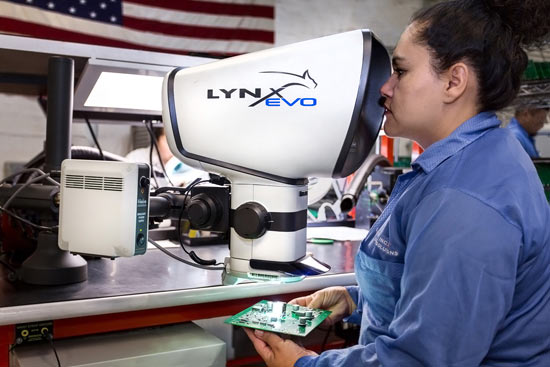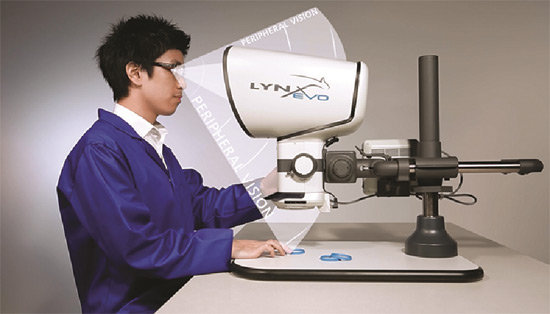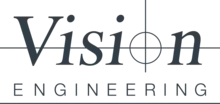Bill Larrick, explains how the Lynx EVO has aided the inspection process for rigid/flex PCBAs used in medical devices as well as meeting exacting IPC standards.
When it comes to circuit board assembly and design, success comes with quick-turn around times without incident. Therefore, it is no wonder Laritech Inc. is going from strength to strength as one of the fastest growing private companies in North America 6 years running.
Laritech Inc. is a California corporation specializing in engineering design services and quick-turn printed circuit board assemblies.
With over 15 years experience designing and manufacturing embedded hardware and firmware and nearly 500 completed designs to date, Laritech is nationally recognized as one of the fastest growing private companies in North America.
Part of Laritech’s success is the keen ability to take customer ideas and partially completed projects and see them through to fruition. At the core of this competency is the underlying corporate framework specifically designed by founder and design engineer, Bill Larrick. From the inside out, Laritech is designed to allow the customer a faster, easier and more cost effective path to market.
Inspection of PCBAs throughout the manufacturing process
Recognizing the importance of local investment in technology, Laritech also boasts comprehensive PCB manufacturing capabilities. They include placements from 0201 up to 2 inch BGAs with pick and place accuracies to 38 micrometers in an ISO-9000 controlled environment.
In addition, Laritech Inc has invested in a Lynx EVO stereo inspection microscope from Vision Engineering Inc. to inspect PCBAs throughout the manufacturing process.
Every PCBA that Laritech makes is 100% inspected by an IPC certified final inspector prior to leaving the facility using a Lynx Dynascope. These final inspectors are tasked with ensuring each board has been aligned and soldered perfectly.
Any modifications required such as reworking are completed using the stereo microscope because of the ergonomics and the long working distances. The Lynx EVO is a stereo inspection microscope that looks completely different from a traditional microscope. It is still 100% optical, but the viewing area is eyepiece-less, instead it has what looks like a viewer but remains optical with a brilliant 3D image, providing greater comfort – leading to greater productivity. As well as benefitting productivity, the Lynx EVO provides greater peripheral vision, a great advantage during reworking because it enhances hand-to-eye-coordination, increasing accuracy and minimizing waste.
Exacting standards to maintain
With strict guidelines on IPC directives for acceptability standards within the electronics industry, such as guidelines on design, material Laritech strictly builds assemblies to IPC-A-610 Class 3 (or higher in certain military applications). While manufacturing to these exacting standards, every opportunity to invest in tools and equipment like the Lynx EVO is a welcomed increase in accuracy and productivity.
Bill Larrick, Founder of Laritech Inc. explains how the Lynx EVO has aided the inspection process for rigid/flex PCBAs used in medical devices.
“Lynx EVO has allowed us to inspect medical device PCBAs with more clarity than ever before, and has proven to be crucial in providing a consistent, high quality product that the medical device industry demands.”
Rigid/flex PCBAs for medical devices are just one type of PCBA Laritech manufactures. In particular, it is critical they are manufactured to exacting standards which are consistent and reliable for medical device utilisation.
Bill goes on to say:
“Laritech inspectors and engineers are spoiled by the ergonomics of the Lynx EVO. When they tried using a more traditional stereo trinocular microscope, they didn’t like it.”





